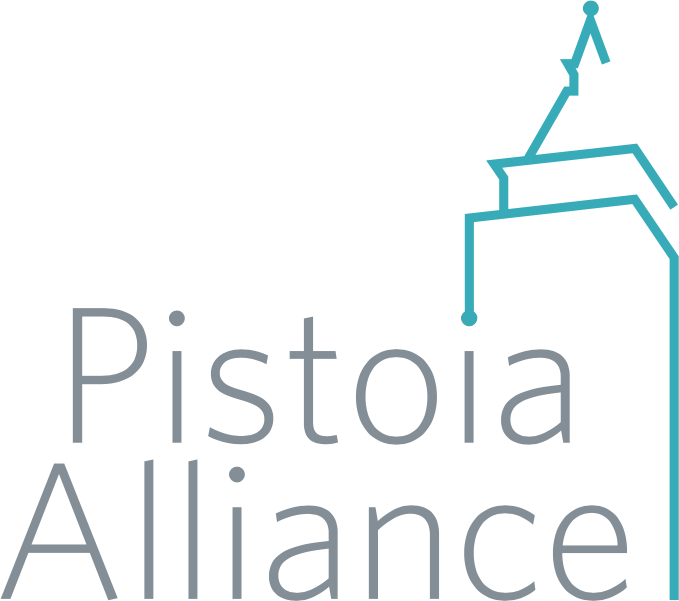Overview
The HEART framework was originally developed by Google (see here) as an approach to define user experience measures for a system, product, or feature. The dimensions of the framework are:
| This HEART Dimension… | … Answers the question |
|---|---|
| Happiness | How do you know users are satisfied? |
| Engagement | How deeply are users connected to the product or feature? |
| Adoption | How quickly is the new product or feature used initially? |
| Retention | How is usage sustained over time? |
| Task Success | How effectively do users complete key activities? |
Typically, the HEART framework is used to determine a set of meaningful UX metrics through a series of facilitated team sessions.
Who’s involved?
- Facilitator
- Team Lead
- Key Team Members and/or stakeholders
How To
Plan and Prepare
- Read the original Google paper: “Measuring the User Experience on a Large Scale: User-Centered Metrics for Web Applications”
This important step will ensure a solid understanding of the HEART method. - Review the HEART Framework presentation and the team’s project goals with Project Lead
This establishes a basic understanding of the framework. - Identify session participants
Include key stakeholders and try to limit the overall number of participants. - Schedule the working sessions
Consider scheduling a series of sessions with a few days between each session. Participants then have adequate time to think about any considerations, implications, challenges, etc., associated with any goals, signals, or metrics.
Tips:
- If possible, limit the number of session participants to less than 10 (including facilitator). This will help keep the group focused and involved.
- In general, working sessions last 90 mins to 2 hours, based on number of participants, goals, and discussion time.
Conduct Kick-off Session
- Review HEART framework presentation and prioritize project goals with the session participants.
- From the set of prioritized project goals, identify the goals that rely strongly on the user experience.
These are the goals you will work with in the next sessions.
Conduct Session to Identify Potential UX Metrics
- Map a set of selected project goals from the kickoff session to the HEART metrics
As an example, a project goal like “Application is trusted and easy-to-use” could map to the Happiness and Task Success metric, depending on the context. - For each mapped goal, identify signals
A signal is an indicator of what success or failure might look like in terms of user behaviors and/or attitudes. For example, a signal that the “Application is trusted and easy-to-use” might be “user perception”. - For each signal, identify how you might measure it over time
These will be your potential metrics. - Wrap up the session
In preparation for the next session, ask participants to review the mapped set of goals, signals, and metrics to ensure completeness.
Tips:
- Review the example in the HEART Workbook to see details on mapping goals, signals, and metrics
- Use the HEART Workbook during the session to document the goal mapping, signals and metrics.
- Allow participants adequate time to review outcomes from this session and prepare for the next session.
Conduct Session to Prioritize and Select Metrics
- Review the mapping of goals, signals, and metrics
Discuss and adjust any details as needed, based on input from participants. - For each metric estimate the effort and value to collect the associated data as high, medium, or low
- Based on the estimates of effort and value, prioritize and select a set of UX metrics
When prioritizing and selecting metrics, aim for a final set of metrics that includes all the relevant dimensions of the HEART framework. These are your finalized, goal-aligned UX metrics. - Agree on next steps to implement the data collection, reporting, etc. associated with the final set of metrics
Tips
- Use the HEART Workbook during the session to document the goal mapping, signals and metrics.
- Less is more. It’s better to aim for fewer (more meaningful) metrics, based on the goals.
- During the discussion, note any questions, constraints, relationships, risks, or actions needed.
Tips for Life Sciences
- If the product you are collecting metrics on will be used in the lab, ensure that at least one of the participants in this process is a lab scientist or technician to help the team identify and prioritize the most useful metrics.
- UX metrics often involve a mix of qualitative and quantitative metrics. Avoid focusing only on quantitative (which may be a natural tendency).
Resources
- Heart framework (pptx) - Use this presentation in your HEART kick-off session to engage your stakeholders.
- Heart workbook (xlsx) - Capture HEART goals, signals, and metrics for your project using this template.
